recent articles
- How to make a ceiling fan light brighter
- How to install a ceiling fan remote
- Everything you need to know about ceiling fan light kits
- AC Vs. DC Ceiling Fans: Which One Is Right For You?
- Choosing The Right Blade Material For Your Ceiling Fan: Factors To Consider
- Efficient Fan Usage: Tips For Using Ceiling Fans To Supplement Your HVAC System
- Energy-Efficient Cooling: Exploring The Advantages Of DC Motor Ceiling Fans
- Choosing The Right Ceiling Fan: A Comprehensive Buyer's Guide
- 5 Fan-Tastic Ways To Maximize Your Fan’s Efficiency
- Mastering the Art of Uninstalling a Ceiling Fan: A Step-by-Step Guide
- Enhancing Comfort: Mastering Wall Fan Sizing and Positioning
- Ceiling Fans Vs. Air Conditioners: Pros And Cons For Different Situations
- Bladeless Ceiling Fans
- Misting Fan Buying Guide
- What Is CFM in a Ceiling Fan?
- Which direction should my Ceiling Fan spin in Winter?
- The Matthews Fan Company Story
- What Size Ceiling Fan Do I Need
How to make a ceiling fan light brighter
How To Make A Ceiling Fan Light Brighter
When you try to illuminate your space exactly how you like, ceiling fans with lights serve a dual purpose of cooling and lighting up rooms. But what happens when that gleam starts feeling more like a glimmer? If you want to know how to make ceiling fan lights brighter or find a happy middle ground where your room's illumination is just right — not too dim, not blindingly bright — read this guide.
Assessing Current Brightness
First things first, let's assess the current brightness of your ceiling fan light. You may be surprised to find that the solution to a dimly lit room is as simple as a bit of elbow grease. Over time, dust and dirt play the unwanted role of a shadow caster on your ceiling fan light and dim the brilliance that was meant to fill your room. A gentle yet thorough cleaning is all it takes to transform your space from cave-like to radiantly welcoming.
There are also some more tricks for managing current brightness:
- Ensure you're using the highest wattage allowed for your fan. For example, LED bulbs hit two birds with one stone — efficiency and brightness.
- Add more light sources, such as floor lamps, table lamps, or wall sconces to increase overall brightness and add extra depth and warmth.
- If your ceiling fan has lampshades, choose lighter colors that allow more light to pass through. Transparent or semi-transparent shades will increase the ambient light in your room.
- Place mirrors strategically around your room to reflect and double up the light. This will also make the space feel larger and brighter.
- Place furniture and decor with reflective surfaces, such as glass tabletops or metallic finishes. They bounce light around to make your space feel airier and more illuminated.
- Consider a fresh coat of paint in a lighter hue. Walls painted in light colors or with a semi-gloss finish reflect light better.
- If your ceiling fan is compatible, try to upgrade to a new light kit with more lamps or a higher capacity for brightness.
Lighting is important for setting the mood and tone of a room. It can make a room feel more spacious, warmer, and more comfortable — or it can leave you feeling like you're hosting a gathering in a dimly lit underground bunker.
Choosing the Right Bulb
When your goal is to banish the shadows and cloak your space in a warm glow, the choice of bulb is extremely important. In this case, LED bulbs stand out for their remarkable energy efficiency. But they can also flood your space with a purer light than their traditional counterparts could ever hope to achieve. And they do this all while consuming less power and lasting longer.
Choosing the right LED bulb for your ceiling fan will transform your room from dimly lit to brilliantly alive. When you're reading your favorite book, entertaining guests, or enjoying a quiet evening at home, the perfect LED bulb illuminates your space to match the occasion. There are also various color temperatures available to let you customize your room as you wish.
Adjusting wattage for brightness
Wattage will also let you achieve a perfectly lit room. But you should first find a sweet spot where everything feels just right. Here’s how you can master wattage for optimal brightness:
- Before you even think about making a change, take your fan’s manual and look up the maximum wattage your fixture can handle. This is how you will ensure safety and longevity of your fan and bulbs alike.
- Now that you have the necessary knowledge, choose a bulb that fits within this limit and matches the ambiance you want to create.
- Consider bulbs that offer energy efficiency and luminosity. LED bulbs, for example, are available in higher wattage equivalents that consume less energy, so that you can achieve brighter light within the boundaries of your fan’s capabilities.
- Sometimes, the secret to perfect lighting isn’t just in the wattage of your ceiling fan light, but in how you layer different light sources in your room. Try to add table lamps, floor lamps, or wall sconces to complement your ceiling fan light without overloading any single fixture.
- Experiment with different wattages within safe limits to find what brings out the best in your room. Notice how different levels of brightness affect the mood of your space.
All you need to do is to find the ideal balance and harmony. Why? To enhance comfort, ambiance, and the aesthetic of your room. You know, safety, style, and brightness coexist beautifully when you play your wattage cards right.
Exploring Dimmer Options
The installation of a dimmer switch with your ceiling fan light doesn't mean making your ceiling fan lights brighter or less bright. It lets you curate your lighting to match the moment.
Why should a dimmer switch become your best friend? There are several reasons:
- Adaptable lighting for every occasion. One moment your living room is bright and lively for a family game night, and the next, it’s dimmed down to a soft glow for a relaxing evening. A dimmer switch allows you to adjust the lighting for any upcoming activity or event.
- Energy efficiency and ambiance. A dimmer also lets you control energy consumption, as lowering the lights even slightly reduces energy usage.
- Creating atmosphere. Ever noticed how certain restaurants use lighting to create a cozy atmosphere? Using a dimmer brings the same capability into a home — it crafts the perfect environments for dining, working, and relaxing.
- Ease into your mornings and evenings. The harsh transition from darkness to bright light is jarring. A dimmer switch allows for a gradual increase or decrease in light. It mimics the natural progression of daylight and makes waking up and winding down more pleasant.
- Fine-tune the decor. Lighting is also important for perceiving colors and textures. You can highlight architectural features or artwork and set a beautiful tone.
Now you know how to set the lighting that’s as dynamic and nuanced as the activities it illuminates. But what if, despite your best efforts, your ceiling fan light doesn't work well? You should know how to troubleshoot it.
Troubleshooting Dim Ceiling Fan Lights
When your ceiling fan light isn't shining as brightly as you'd like, and you've already explored the basics, it's time to troubleshoot it. This is how you can do it:
- Inspect the wiring. Hidden from view, the wiring is the lifeline of your fan's light. A loose or frayed wire can be the culprit behind the dimness. Checking the wiring (with the power off, of course) reveals if a simple reconnection is in order.
- Assess the switch. The switch may be faltering because of an issue of age or wear and tear, so you need to refresh it to let it perform its best.
- Consider the light kit. If the light kit is outdated or malfunctioning, it's time to replace it. Modern light kits offer better illumination and save some energy.
- Upgrade the bulbs. Choosing higher-lumen LED bulbs within the allowed wattage can increase brightness as well.
- Call in a professional electrician. If troubleshooting on your own doesn't help, an electrician will inspect beyond the surface issues. They ensure that all electrical components meet safety standards. Expert intervention solves both immediate issues and potential future concerns.
Sometimes, it's better to trust the experts to let your ceiling fan regain its lost luster and continue to set your home's atmosphere.






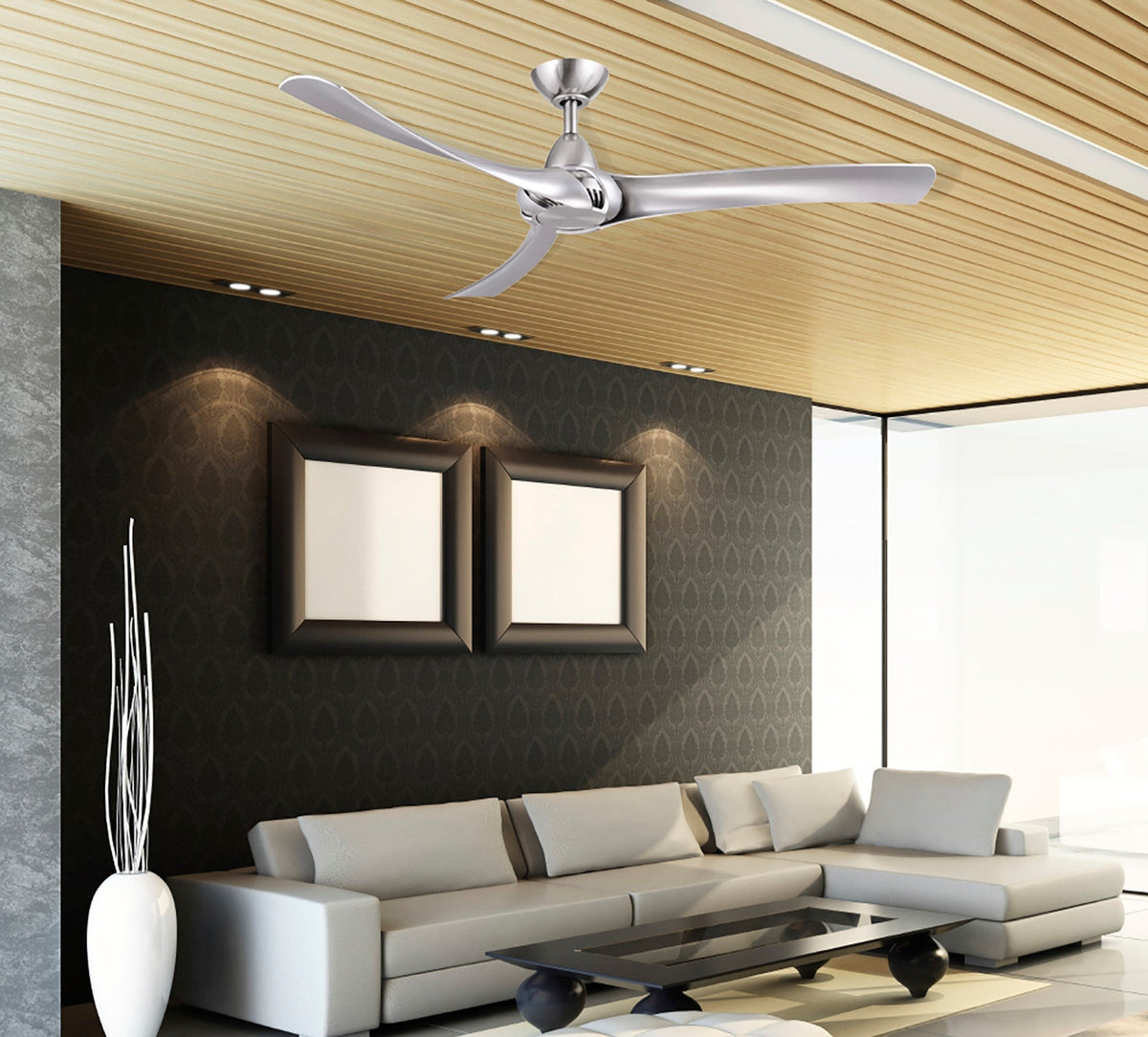
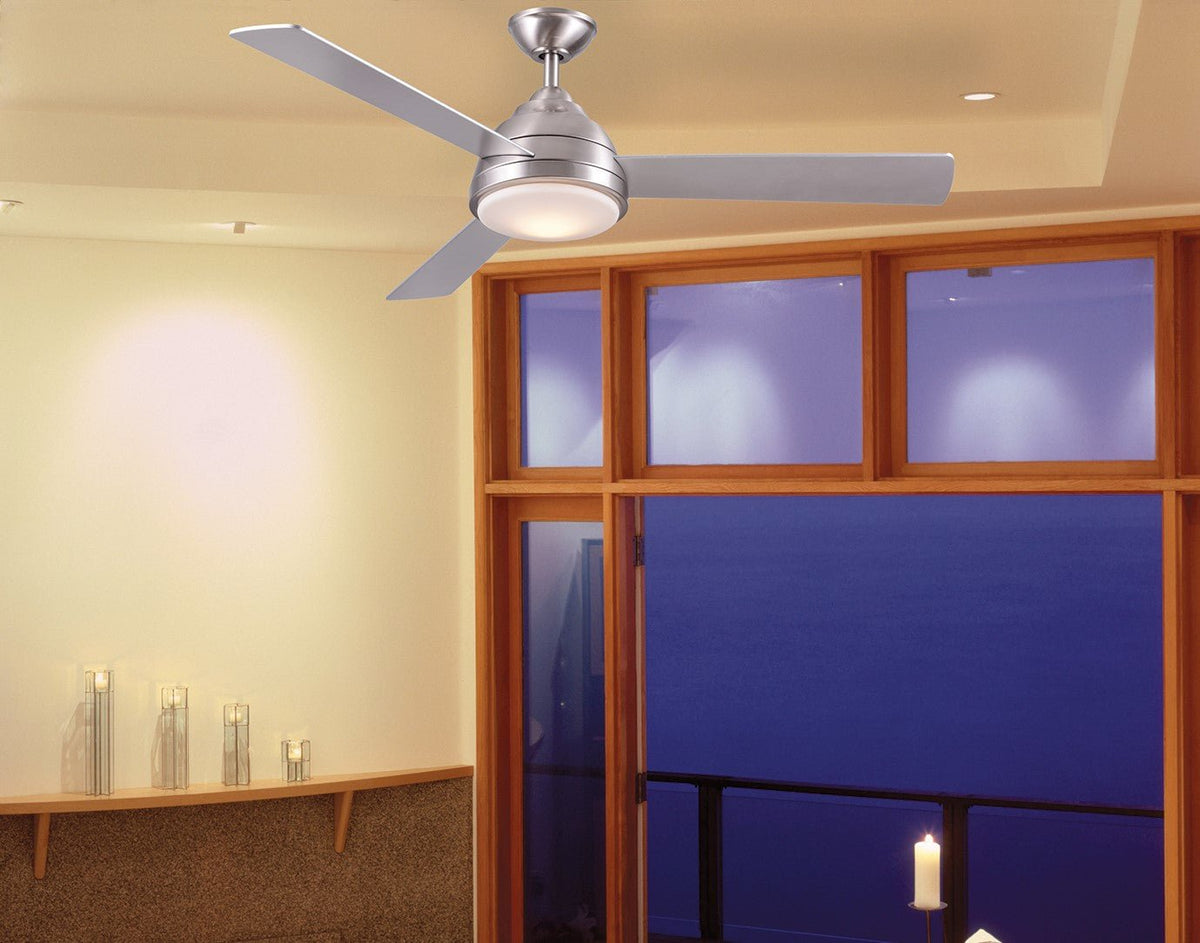
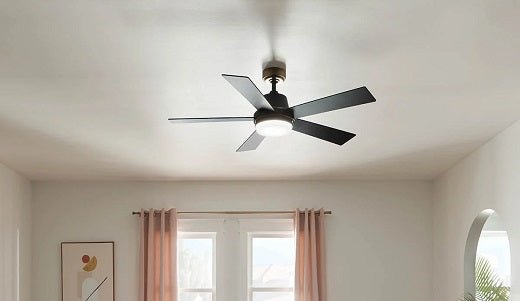
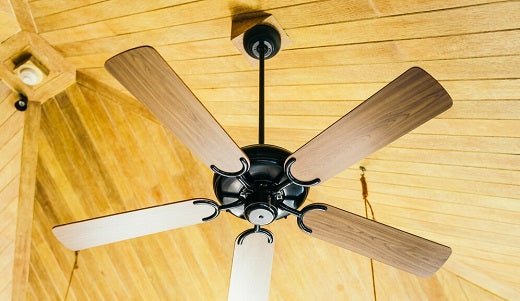
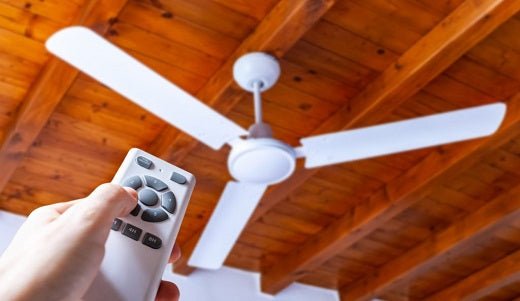




Shaya Meyer